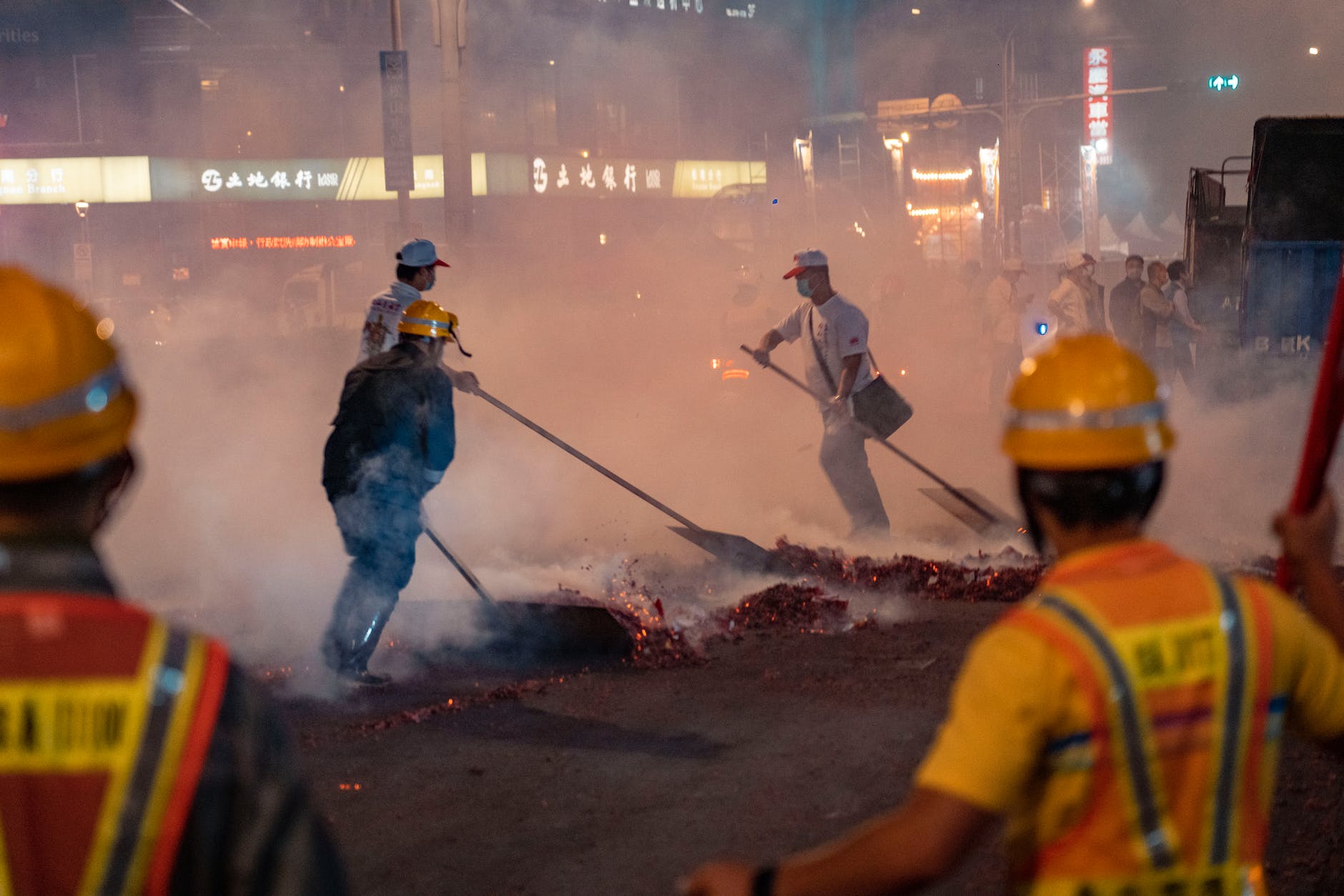
Confined Space Entry: Precautions and Permits
Introduction
Confined space entry presents unique challenges and hazards that require careful planning and adherence to safety protocols. This article explores the importance of precautions and permits when entering confined spaces to ensure the safety of workers and prevent accidents.
Importance of Confined Space Precautions
- Risk Identification
- Thorough assessment of potential hazards within confined spaces
- Identification of risks such as toxic atmospheres, engulfment, and limited entry/exit points
- Preventing Accidents and Injuries
- Implementation of precautionary measures to minimize the risk of accidents
- Ensuring the safety of workers through proper planning and hazard control
- Compliance with Regulations
- Adherence to regulatory requirements, such as OSHA standards
- Avoidance of legal consequences and penalties by following established safety guidelines
- Emergency Response Preparedness
- Developing comprehensive emergency response plans for confined space entry
- Training workers on emergency procedures to facilitate a swift and effective response in case of unforeseen incidents
- Ensuring Effective Communication
- Establishing clear communication channels among team members
- Enhancing coordination to respond quickly to changing conditions or emergencies within confined spaces
Precautions for Confined Space Entry
- Entry Permit System
- Implementing a permit system to control access to confined spaces
- Requiring a permit that details safety measures before entry is allowed
- Proper Ventilation
- Ensuring adequate ventilation to maintain a safe atmosphere
- Monitoring and controlling air quality to prevent the buildup of hazardous gases
- Continuous Monitoring
- Utilizing gas detectors and monitoring equipment
- Regularly assessing conditions within confined spaces during entry
- Provision of Personal Protective Equipment (PPE)
- Supplying workers with appropriate PPE, including respiratory protection, harnesses, and communication devices
- Ensuring the proper use and maintenance of PPE during confined space entry
- Training and Awareness Programs
- Conducting thorough training sessions on confined space hazards and safety protocols
- Raising awareness among workers about the risks associated with confined spaces and the importance of adherence to safety measures
- Emergency Retrieval Systems
- Installing retrieval systems and equipment for rapid evacuation in emergencies
- Ensuring workers are trained in the use of retrieval equipment and procedures
- Isolation of Hazardous Energy
- Implementing lockout/tagout procedures to isolate energy sources within confined spaces
- Preventing accidental activation of equipment or machinery during entry
- Communication Devices
- Providing workers with reliable communication devices
- Establishing clear communication protocols for constant contact during confined space entry
Confined Space Entry Permits
- Purpose of Entry Permits
- Detailing the specific work to be conducted within confined spaces
- Outlining safety measures and precautions to be followed during entry
- Issuing Authority
- Designating a responsible party to issue confined space entry permits
- Ensuring that only authorized personnel with proper training receive entry permits
- Duration and Renewal
- Specifying the duration of the entry permit
- Allowing for permit renewal if work extends beyond the initially allocated time
- Review and Approval Process
- Establishing a thorough review and approval process for entry permits
- Involving safety professionals in the assessment and approval of confined space entry permits
- Documentation and Record-Keeping
- Maintaining a comprehensive record of issued permits
- Documenting details of the entry, safety measures, and any incidents that occur during the confined space entry
Conclusion
In conclusion, taking precautions and obtaining proper permits are fundamental steps in ensuring the safety of workers entering confined spaces. Rigorous risk assessments, thorough training, and the implementation of safety measures contribute to a safer work environment. By strictly adhering to regulations and guidelines, organizations can mitigate risks and foster a culture of safety within confined spaces.
Confined Space Hazards and Control Measures
Confined Space Toolbox Talk Meeting
How To Make JSA for Confined Space Activity
Frequently Asked Questions (FAQs)
- Why are precautions important for confined space entry?
- Precautions are crucial for identifying and minimizing potential hazards, preventing accidents and injuries, complying with regulations, ensuring emergency response preparedness, and facilitating effective communication within confined spaces.
- What are some key precautions for confined space entry?
- Precautions include implementing an entry permit system, ensuring proper ventilation, continuous monitoring, providing personal protective equipment (PPE), conducting training programs, installing emergency retrieval systems, isolating hazardous energy, and utilizing communication devices.
- What is a confined space entry permit and why is it necessary?
- A confined space entry permit details the specific work to be conducted in confined spaces, outlines safety measures, and is issued to authorized personnel after a thorough review and approval process. It is necessary to ensure that entry is conducted safely and in compliance with regulations.
- Who issues confined space entry permits?
- Confined space entry permits are typically issued by a designated authority within the organization, often involving safety professionals who review and approve the permit based on the specific conditions and safety measures outlined for the confined space entry.
- Why is documentation and record-keeping important for confined space entry permits?
- Documentation and record-keeping help maintain a comprehensive history of confined space entries, including details of safety measures, incidents, and the duration of permits. This information is valuable for future reference, analysis, and improvement of safety protocols.
























